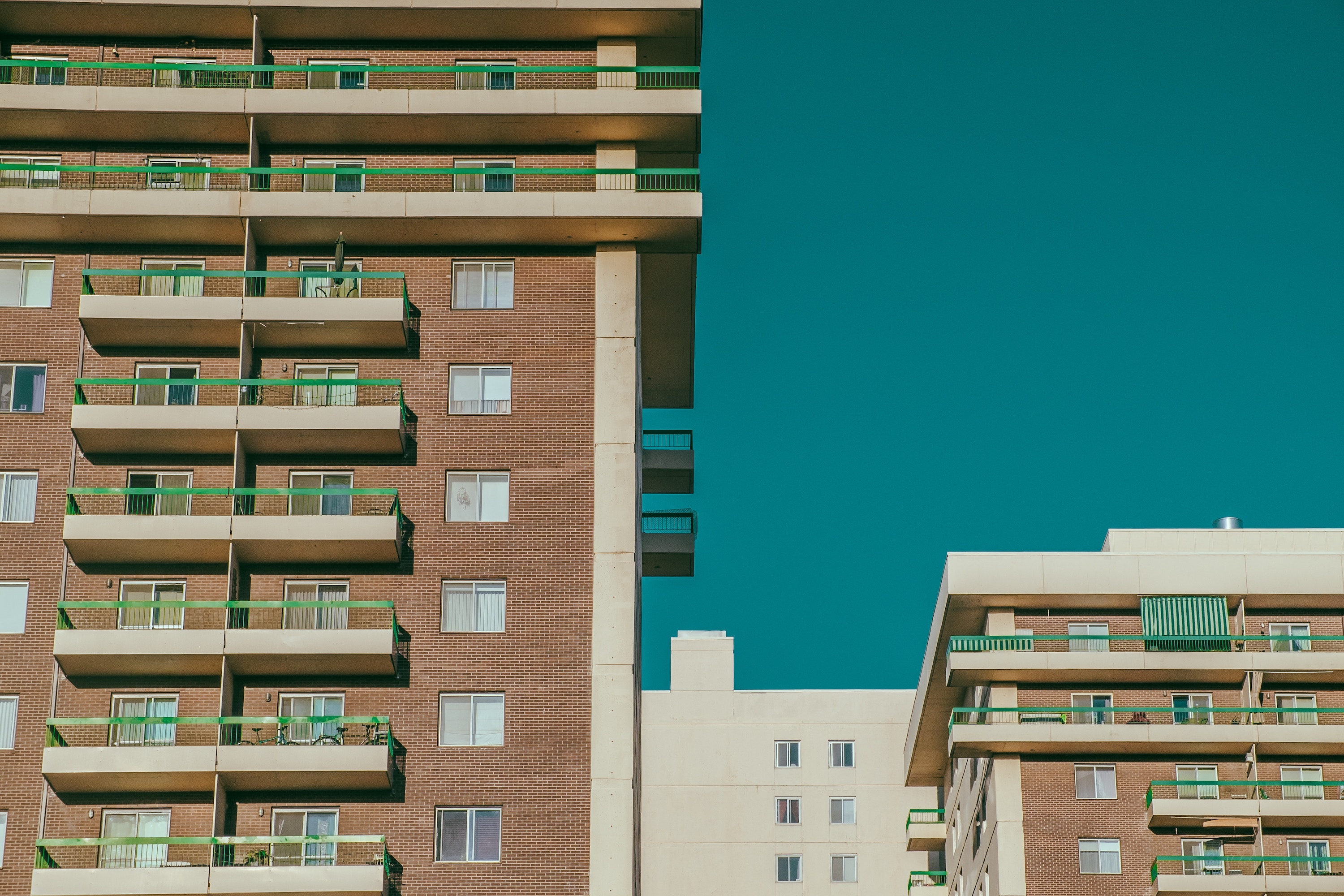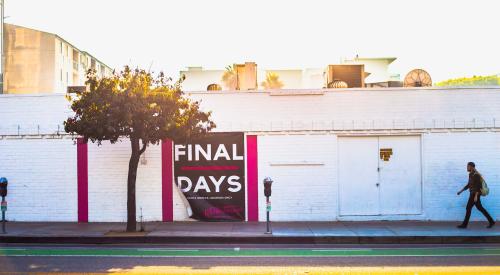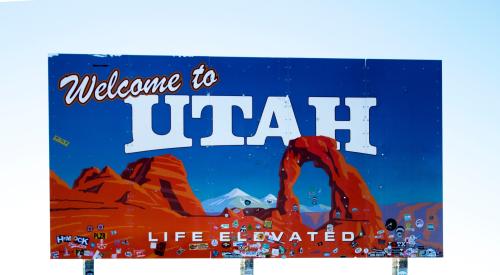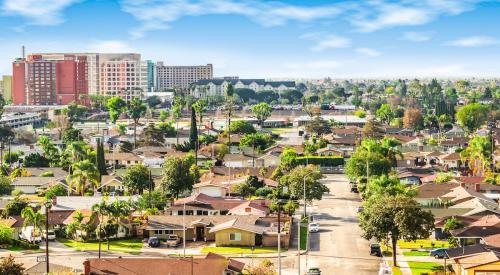California’s State Senate Bill 50 would roll back laws historically blocking high-density development in an effort to ease the state’s housing crisis.
CityLabs reports that the bill would open up areas near high-frequency transit lines, job clusters, and good schools to the development of higher-density apartment buildings, overturning laws keeping the areas full of single-family residences. The bill is intended to be a solution to the state’s projected shortage of 3.5 million homes by 2025.
Criticism for the proposed bill comes from all sides. Low-income tenants fear that new developments could drive up rent prices, making their current apartments unaffordable, while single-family homeowners in wealthier areas of the state fear that the bill would encroach on their standard of living.
Still, it is worth considering what would happen to the people in areas more likely to be affected. High-income neighborhoods near good transit, jobs, and schools could see higher densities permitted in their neighborhoods. But that doesn’t mean leafy blocks of low-slung Craftsmans would be bulldozed overnight and transformed into looming mini-Manhattans. Available properties could be built, or rebuilt, to moderately taller heights. “SB 50 could thus result in a more gradual densification of housing in transit-rich neighborhoods, as underutilized sites become buildings with 10-20 units,” the Berkeley analysis found. The outcome that many anti-SB 50 activists dread is that their neighbors would choose to cash in, selling their houses to a developer who wanted to do that. “That sounds like an opportunity, not a threat,” said Foote.













